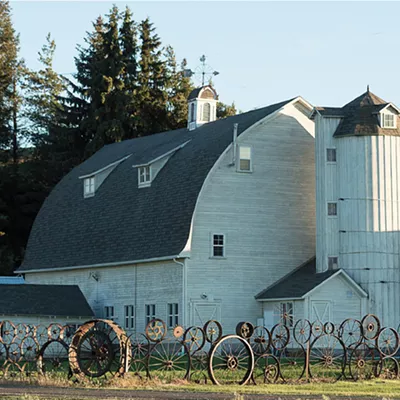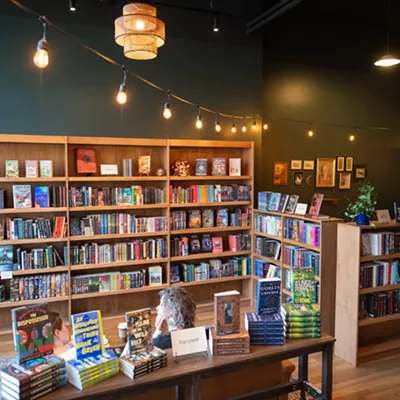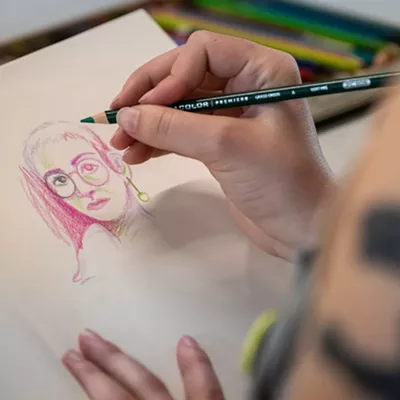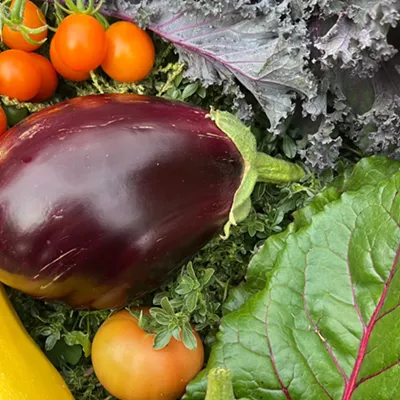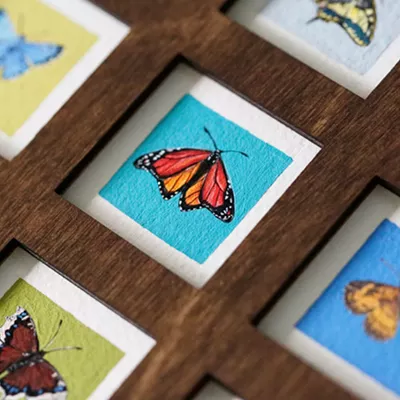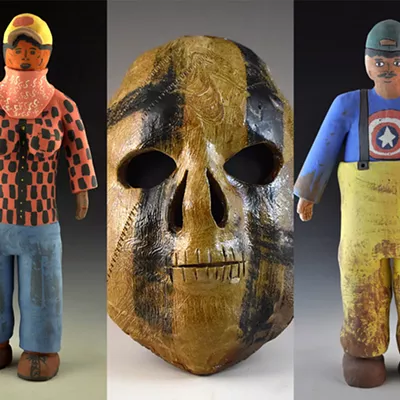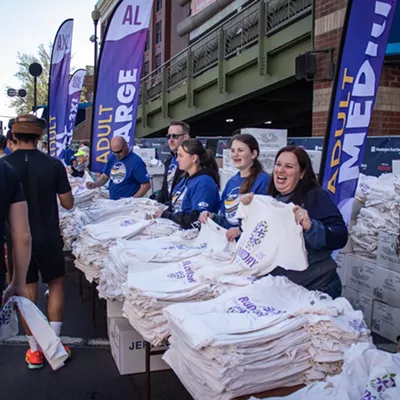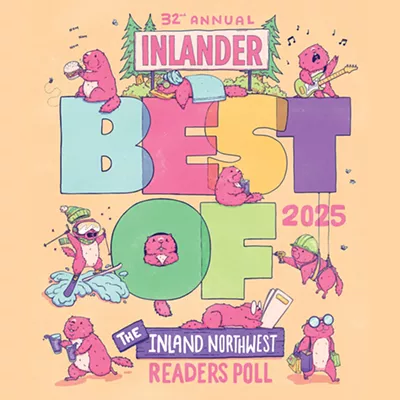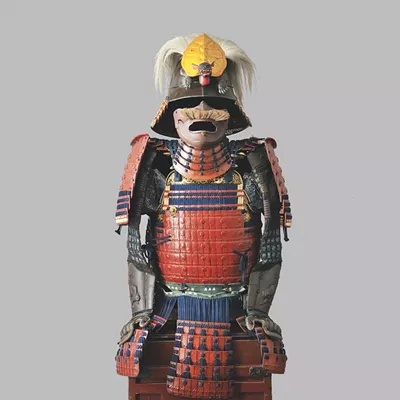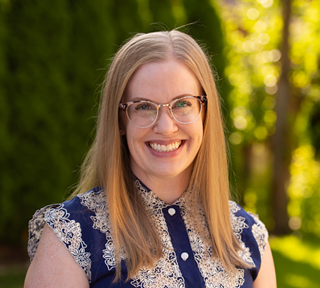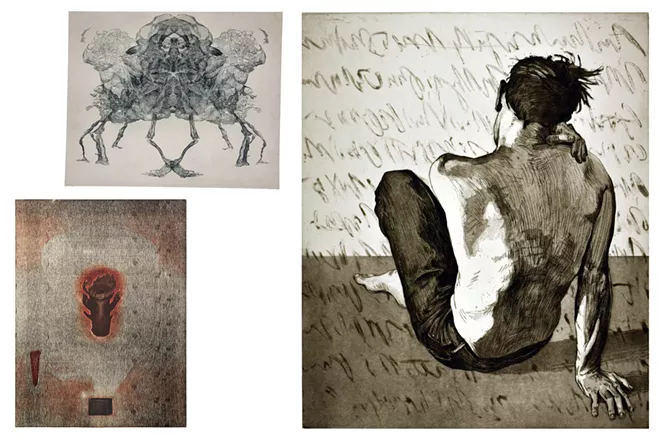
Since humans started figuring out how to make marks on semi-permanent surfaces and, eventually, how to duplicate those ideas with new processes and tools, printing has evolved into a diverse and universal means of communication. Printing lets us learn, entertain, connect and even demand change.
However, now that modern technology makes it all as easy as clicking a button, many early printing techniques — block printing, monotyping, lithography, letterpress, etching and more — have fallen out of mainstream favor. These processes are often relegated to university art curricula, niche commercial studios and a small subset of working artists.
There's still value in doing things the old, slow way, though, and that's what artists behind the monthlong Spokane Print Fest hope to impress upon people.
The fifth annual event kicks off April 1 with an afternoon print fair at Spokane Public Library's The Hive, where anyone can see printmaking methods up close and in person during live demonstrations. Attendees can buy art directly from makers. Print Fest also includes three art shows — at the Liberty Art Gallery, Terrain Gallery and the Gonzaga University Urban Art Center — plus hands-on craft workshops with local printmakers.
Print Fest founder Reinaldo Gil Zambrano, who teaches printmaking and drawing at Gonzaga University, says printing democratizes art and makes art ownership more accessible.
"First of all, it's democratic multiples," Zambrano says. "The opportunity that you have for creating and reproducing that multiple times makes the work more available for more people at a lower cost."
"The other component is community involvement," he continues. "Many of us spend a lot of time carving or making matrices [an original used to duplicate an image] by ourselves, but the printing process is communal. It's always a sensory collaboration with other people."
Perched on a stool in the middle of Spokane Print & Publishing Center, one of Print Fest's activity hubs, Zambrano's surrounded by the many tools and equipment used to create printed art. Along the room's outer walls, wooden cabinets of shallow drawers are stacked with old metal typefaces. Cans of creamy ink and reams of paper fill shelves, while huge, tabletop rollers and hand-operated, antique letterpresses spread across the shop's floor. Print center members' art hangs on every available surface of the wall, and the air has that piquant aroma of wet ink and woody paper.
"We continue doing the same things that people were doing 400 years ago," Zambrano says of the modern printmaking, "but we bring new technologies into it. Like, sometimes we use 3D-printed materials, Legos, new types of paper, and digital tools to make matrices.
"But the processes of printing — I always say printmaking in general has been cursed by the word 'print' — is more about creating the matrices and using hands-on processes to develop unique prints," he continues. "Even when there is an edition that is very similar, each one has a different touch. It goes beyond the 'control + P.' Sometimes people, when they see the word 'print' on a woodcut, they just associate that it's very digital and super detached from the human being. But once they see the process, and they see how hands-on it is, they start to value the printing process more."
While printmaking in the creative sphere is often a collaborative effort, with many hands making light work of inking plates and precisely placing each piece of paper on the press bed, other times it's a tedious, almost meditative process better suited to solo practice.
Spokane print artist Mary Farrell enjoys both sides, and she's eager to share all that goes into one of her favorite printmaking methods, monotypes, during a Print Fest workshop on April 15.
Monotyping can employ a range of processes and materials, from water- to oil-based inks on acrylic or copper plates, but in simplest terms, it always results in a unique image that cannot be replicated because the ink is removed from the plate during the printing process.
Inside her spacious yet cozy North Spokane art studio, the recently retired art-professor-turned-full-time-artist creates monotypes for an ongoing series inspired by tangled masses of abandoned bird nests and woody, organic root balls. By applying ink directly onto her printing plates and wiping it off in a reductive process to create areas of light and darkness, these images could easily be mistaken by some viewers as paintings due to the visible strokes and streaks of gradient.
"I think a lot of times when you try to describe print processes, people's eyes kind of glaze over because some of them are pretty heavily process-oriented, and it's really hard to understand them if you're not seeing it," Farrell says. "That's part of Reinaldo's and my mission: to get people really excited about printmaking and having a greater sense of what they're looking at."
Whether she's making monotypes, etching a copper plate with sharp tools in a process more akin to drawing, or carving images into pieces of wood, Farrell embraces the mark-making element of printmaking, which lends many fine art qualities to her work.
"I think it's fun sometimes when going to shows, to show the plate along with the art," she says. "A lot of times with woodcuts people think, 'Oh it's an ink drawing' — if they're facile and beautifully cut, it looks like it, right? But it's because the mark you make when you're drawing on the wood is this hand-drawn mark, if you're carving it like that and printing it, it still looks like that hand-drawn mark even though it isn't."
Like any creative endeavor, there's also plenty of trial and error in printmaking. As she's working on some pieces, Farrell often stops to make proofs to see how the image looks transferred onto paper. She might decide to add more shadow, or use other printmaking techniques in a sort of layered, multimedia process.
"There's this back and forth that goes on as you develop an image that is very different from just making a direct mark and there it is," she says. "I really love when people know what really went into creating a piece. I think the really wonderful thing is to see something actually being printed, because then people go, 'Oh — oh, now I see it.' So to really see the process happening is the best way, and of course in the workshops, people get to do it." ♦
SPOKANE PRINT FEST
APRIL 1-29, 2023
WORKSHOPS
Hosted at the Spokane Print & Publishing Center, 1921 N. Ash St., Saturdays from 10 am-noon; $60 eachPronto Plate Lithography with Kevin Haas, April 8
Monotypes with Mary Farrell, April 15
Screenprinting with Jon Deviny, April 22
EXHIBITIONS
SORT YOURSELF OUT
April 7-28 at the Liberty Gallery (203 N. Washington St.) curated by Thom Caraway and featuring art by members of the SP&PC
TRANSMUTATION
April 7-29 at the Terrain Gallery (628 N. Monroe) featuring a selection of prints from regional and national guest artists
PRINTMAKING REGIONAL STUDENT INVITATIONAL
April 7-14 at Gonzaga University Urban Art Center (125 S. Stevens St.) featuring prints by students from Gonzaga, WSU, SFCC, NIC, Whitworth and other regional universities
OTHER EVENTS
PRINT FAIR
Sat, April 1 from 2-6 pm at The Hive (2904 E. Sprague Ave.) featuring live demonstrations, art for sale and more; free admission and all ages
PRINT N PINT NIGHT
Sat, April 13 from 6-8 pm at Vintage Print + Neon (914 W. Garland Ave.) to make your own tote bag; $40/person
PRINT TOWN USA + SP&PC BIRTHDAY
Sat, April 22 from 2-6 pm at Spokane Print & Publishing Center featuring live printmaking and beer from Golden Handle Brewing Co.; free admission
Find the complete schedule and registration details at spokaneprintfest.org



